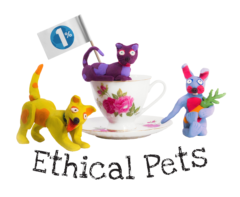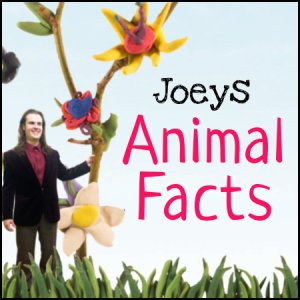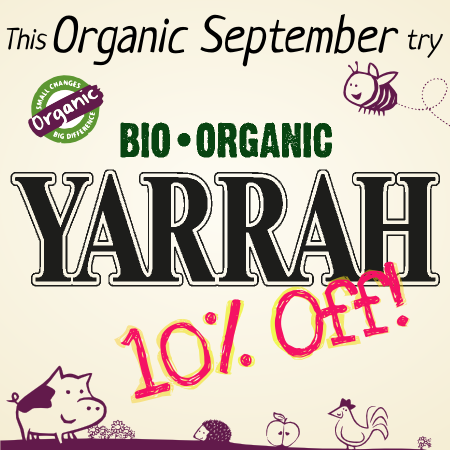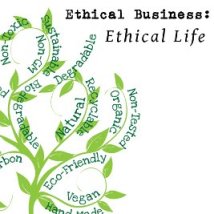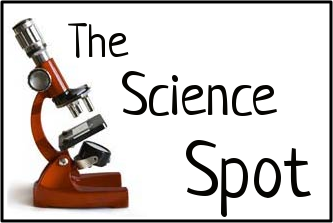 We are starting to bring pets into hospitals and nursing homes because we know that they make us happier and healthier (1). So, why not bring pets to work? Barker et al (2012) (2) have done some preliminary research to see what happens when the dog comes to the office.
We are starting to bring pets into hospitals and nursing homes because we know that they make us happier and healthier (1). So, why not bring pets to work? Barker et al (2012) (2) have done some preliminary research to see what happens when the dog comes to the office.
Purpose
The study aimed to examine levels of stress during the work day and job satisfaction. They compared between dog owners who brought their dog to work, dog owners who didn’t and people who had no pet at all.
Who gets to take their dog to work?!!
The study took place at Replacements Ltd who have allowed dogs to come work for over 15 years.
Method
The study used three groups, with about 30 participants in each group. One group bought their dogs to work, one did not, and the last group had no pets. To be extra clever, they also measured what happened to the dog group on a day when they didn’t bring the dog to work. Last of all, they took a saliva sample each morning from all the participants, to check for the stress hormone cortisol.
Results
The dogs had no effect on “how valued” by the company the employee felt, however, the group with the dogs reported much lower levels of stress. The group who had no pet reported the next highest levels of stress, and the group who had a dog, but left it at home, were the most stung out of the lot.
The people with no pets, and the people who took their dog to work had a consistent amount of stress throughout the day (be it lower or higher). The people who left their dog at home, however, became more and more stressed as the day went on. Interestingly, on the days that the dog-group left the dog at home… they got more stressed as the day went on too!
The cortisol test showed that the group without a pet were more stressed at the start of the day than the two groups who had pets – however, there were too many other complicating factors to be sure of a correlation.
Analysis
The most interesting thing we see in this study is the effect of having a pet, but not bringing it to work. The stress levels start off low, but get higher and higher as the day goes on – and they end up even higher than those who have no pets. Why is this? Is the stress-busting effect of the pet wearing off? Do people pine for their pets and worry more for them as the day goes on?

Also – while the dogs didn’t effect how valued the employee felt by the company, this may be because the company makes all their employees feel valued already – perhaps just being allowed to bring a pet to work (even if you don’t have one) can make you feel appreciated.
Don’t the dogs get in the way?
The study also looked at this – and found that most people had a neutral response to the dog. Then, about 20% felt that the dogs made them more productive, and about 20% felt they harmed productivity. Despite this, many positive comments were made by people in this 20%: it seems a lot of concern revolves around poor behaviour, hygiene and allergies rather than a dislike of the dogs.
What next?
This is the first study of its kind – and it was quite small. Future studies would include larger numbers of participants. Also, they could measure more things. Do dogs make us late? Do they make us more or less productive? Also, a comparison between pet owners who work from home and pet owners who commute with their pet, could be really interesting.
References
(1) https://www.bbc.co.uk/news/health-20807641
(2) Preliminary investigation of employee’s dog presence on stress and organizational perceptions, by Barker, Knisely, Barker, Cobb and Schubert. From International Journal of Workplace Health Management, vol5. No1. 2012 page 15-30.

